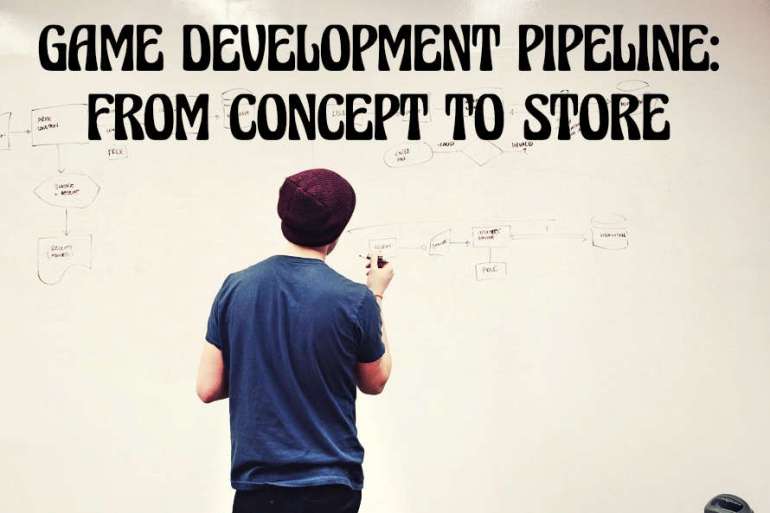To create a video game, the first step is to establish a concept, followed by pre-production, which includes making plans and designs. The next step is to create a prototype to test out concepts and to see how various features interact with each other. If successful, the game moves into development where art, music, and programming are integrated, and tested by quality assurance testers and focus groups. Based on feedback, the game is refined and optimized, before it is marketed and released on relevant platforms, followed by post-release support with new content and updates.
Introduction:
The video game industry is a billion-dollar industry, with millions of gamers worldwide. The popularity of video games has led to more people becoming interested in how games are made. Whether you are an aspiring game developer or just curious about the process, this article will lay out the steps involved in developing a game from concept to release.
Concept and Pre-production:
The first step in creating a video game is coming up with a concept. Game developers often brainstorm ideas, and some may already have a rough idea of what type of game they want to make. Once a concept is established, it’s time to move onto pre-production.
Pre-production involves creating plans and documents that will guide the development process. These documents include game design documents, programming specifications, and concept art. During this stage, the game’s mechanics and gameplay are decided, and the game’s story is created.
Prototype:
The next step is creating a prototype. A game prototype is a rudimentary version of the game that highlights the mechanics of the game. Developers use this to test out their concepts and to see how various features interact with each other.
Prototypes are often very basic and can be scrapped if they do not work. However, if the prototype is successful, it will move onto the next stage of development.
Development:
Once the prototype is approved, the game moves into actual development. During the development stage, art, music, and programming are all integrated to create the finished product.
Developers break down the different aspects of the game into modules. Each module is responsible for a particular aspect of the game, such as AI programming or graphics development. These modules are then combined to create the final product.
Testing:
The game is then tested in-house to ensure that it’s running correctly. Quality assurance testers comb through the game looking for bugs or glitches, ensuring that it’s stable and playable.
Once the in-house testing is complete, the game is sent to focus groups and beta testers. These groups provide feedback and detect any issues that they find.
Refinement:
Based on the feedback received, the game is then fine-tuned, or what is known as the refinement process. Game developers adjust the game mechanics and graphics to optimize gameplay and performance.
If the feedback suggests that there are significant issues, developers may go back to the prototyping stage to fix those issues.
Release:
Once the game is complete, it is time for release. The game is marketed, and a release date is set. Before release, the game may go through another round of testing to ensure that it’s as polished as possible.
On release day, the game is uploaded to the relevant platforms, such as the Apple App Store, Steam, or Xbox Live. The release marks the end of development, but not the end of the game’s life.
Post-Release:
Once a game is released, developers continue to support it with new content and updates. These updates help keep players interested and engaged with the game.
Developers may release Expansion Packs, game patches, or add downloadable content to enhance the game experience. Additionally, updates are released as needed to address technical issues or bug fixes.
Conclusion:
While it can be a long and complicated process, creating a video game is a rewarding experience. From concept to release, each stage is essential to the final product. Understanding how games are made can provide a deeper appreciation for the industry and all the hard work that goes into making a successful video game.
